MoonDrop Sparks Review - Unplug and Play
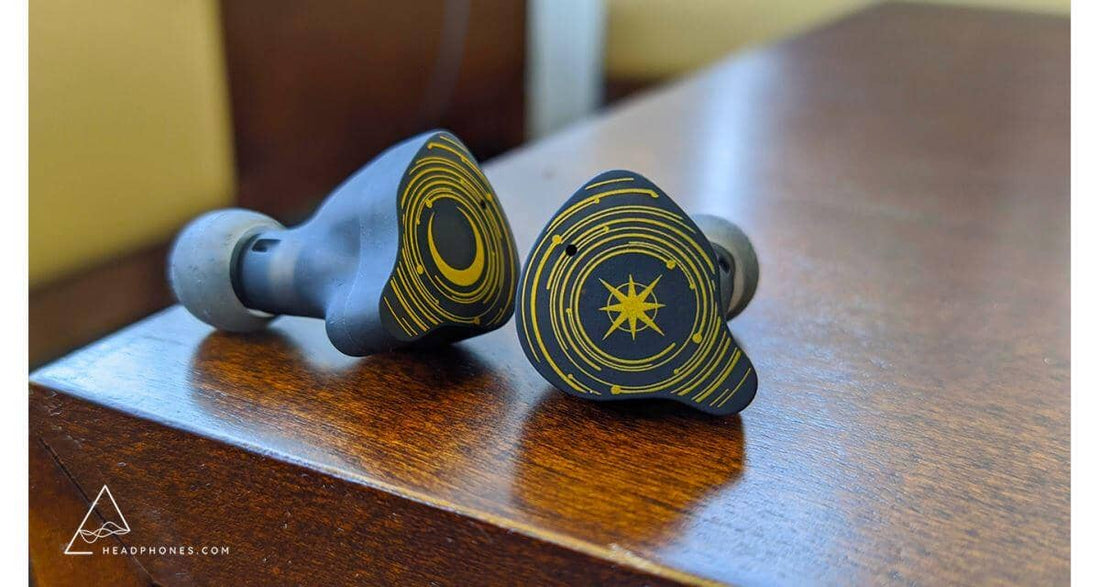
Review written by @Fc-Construct
Introduction
The world of true wireless IEMs is wild and wacky. It’s one I’ve largely ignored in the past few years while waiting for the market to mature after having reviewed some not-so-stellar early TWS attempts. But perhaps its time to revisit these IEMs, especially given their increasing ubiquity in our lives. And what better way to start than with some good old MoonDrop IEMs.
The MoonDrop Sparks I’ll be reviewing today is a $90 true wireless (TWS) IEM with a basic set of bells and whistles compared to other TWS products nowadays. Specifically, the most relevant features are:
- Bluetooth v5.2 with aptX Adaptive (aptX/AAC/SBC) and 10 m range using their customized Bluetooth circuit based off a Qualcomm QCC
- Playback time of 8 hours with a total of 48 hours from the charging case
- Touch operations on the shell face
- MoonDrop Link mobile app for firmware upgrades and 6 EQ profiles
There is no IP rating or noise cancelling features if you’re looking for that. On the more audiophile side of things, it sports a 6 mm Beryllium-coated dome dynamic driver.
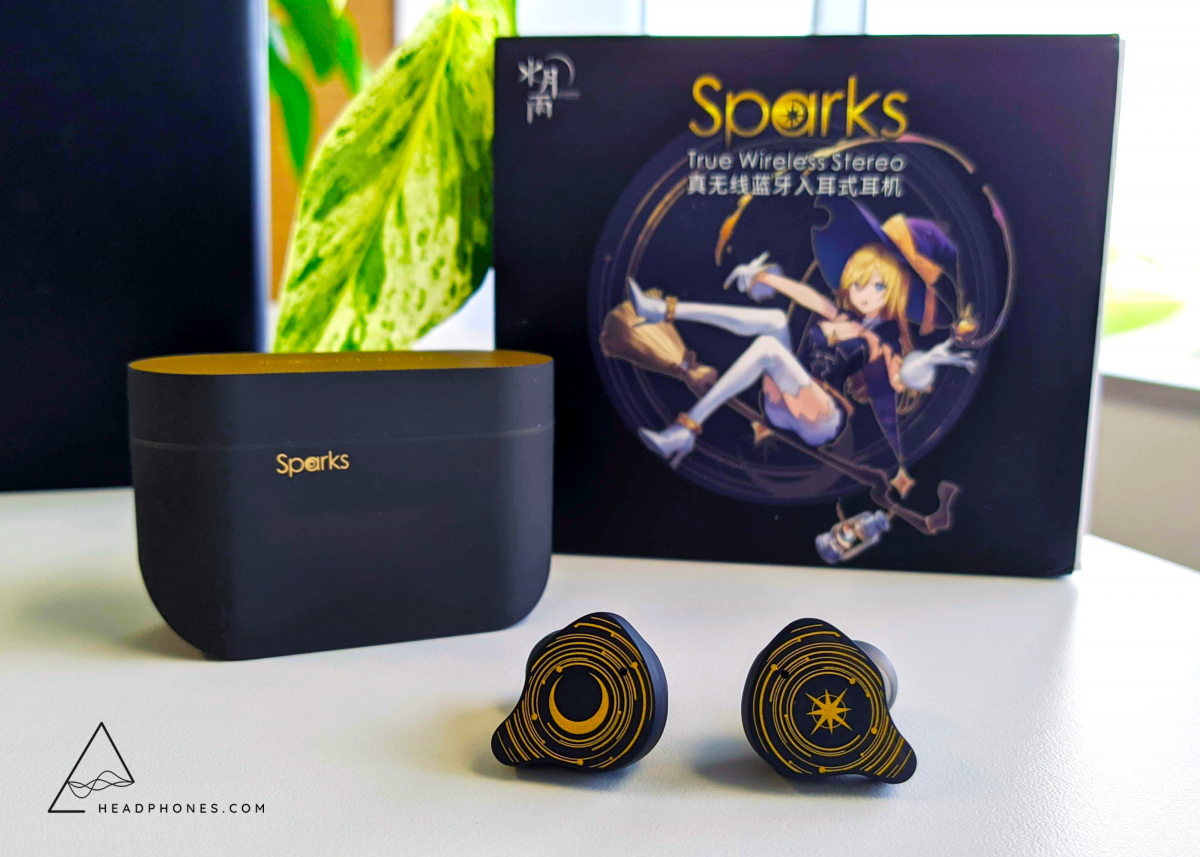
What’s in the Box?
In classic MoonDrop fashion, the box the Sparks comes in features an eye-catching artwork that’s guaranteed to be divisive among customers. I’ll let the pictures do the talking. Beyond that, the accessories are generic. You get the charging case, the IEMs themselves, some replacement filters, and a whole wack of tips. They aren’t all the same either; each set of S/M/L tips has different shapes or build material. Though I typically fit most IEMs no problem, I did find that a tip swap was crucial for my evaluation of these IEMs. I ended up using the longer, cone-shaped tips with a narrower end to allow for a more comfortable fit and better seal. The stock tips were too stubby for me.
In terms of actual use, I found that I was able to get the stated 7 – 8 hours from a single charge. Wireless connection is solid. I never had an issue with the connection once paired and the latency was barely noticeable. I did have to reset the Bluetooth pairing once but that was easy to do following the instructions in the provided manual. Range is also good – it crossed about three large rooms with no problem. Touch controls on the face plate was… fine. It's not super sensitive and needs a bit of a purposeful touch to activate. Actual commands itself are rather basic and limited to your standard set of commands. The mic quality was acceptable. Finally, the MoonDrop Link app itself was a pretty painless procedure in connecting. My only complaint is that you can’t set the EQ without having some sort of audio already playing.
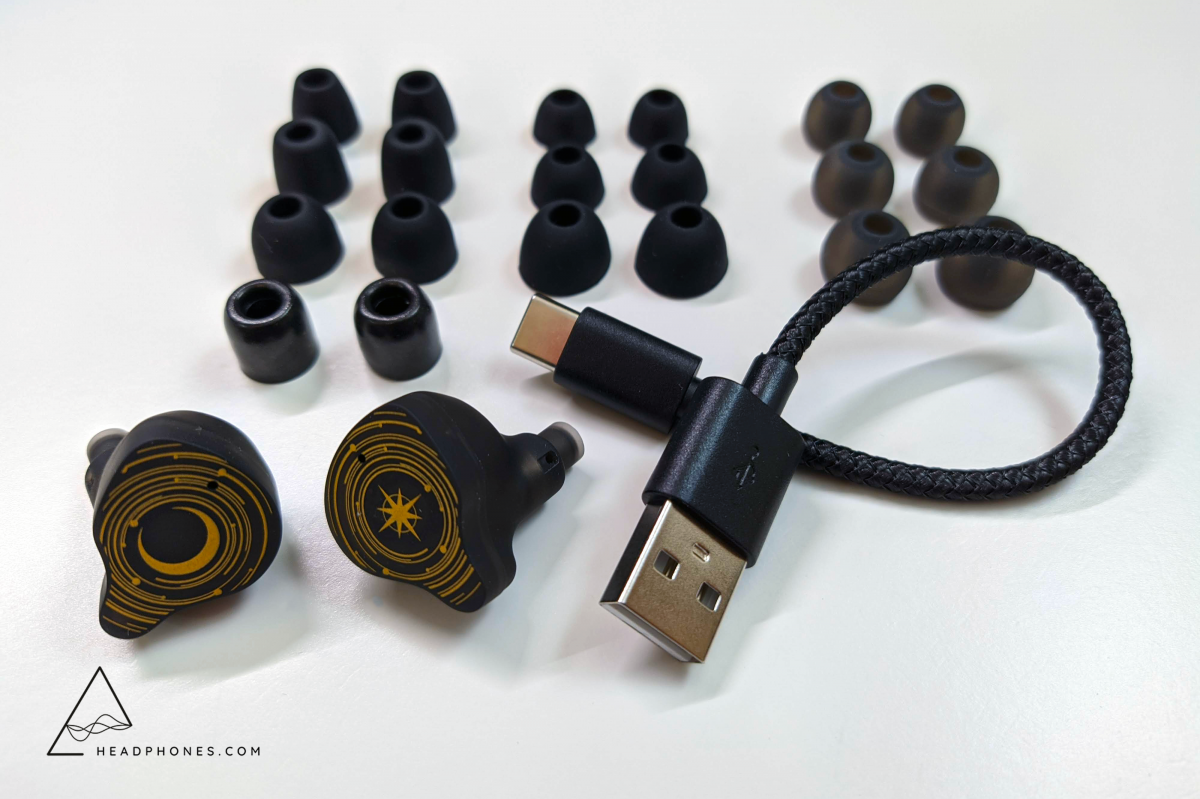
Sound
Alright, I’ll keep this section shorter than normal since there’s a lot to discuss with the EQ profiles.
The MoonDrop Sparks maintains the MoonDrop pedigree in tuning and follow its VDSF target curve. In plain terms, it has a balanced sound signature. There is a reasonable bass boost of about 5 dB <200 Hz, an "ideal" upper mids pinna gain of 8 – 9 dB around the 3 kHz mark, and a sustained lower/mid treble. Bass is present without being overbearing, with a boomy sort of sound. Mids are clear with great vocal tone and generally pleasant timbre. Treble is lively without being sibilant or harsh. One thing I’ve criticized MoonDrop for is having overly dampened, safe treble. Thankfully, this isn’t a big problem with the Sparks. While I wouldn’t classify it as a bright IEM with sparkly treble, it’s not dead in the lower/mid treble where it matters. There is a relative lack of air in the upper frequencies, but this is common in the vast majority of IEMs and does not detract from the experience here.
This makes the MoonDrop Sparks are not only the best tuned TWS IEM I’ve heard (granted, not many), it’s also one of the better tuned IEMs in general, capable of going toe-to-toe with most anything on the market on the tuning front. One thing to note however is that depending on the firmware, there will be a different frequency response as seen in the graph below. Version 1.1.9 is the latest firmware version from the MoonDrops Link app. PC is without any firmware update, when I first opened the box and performed the measurement.
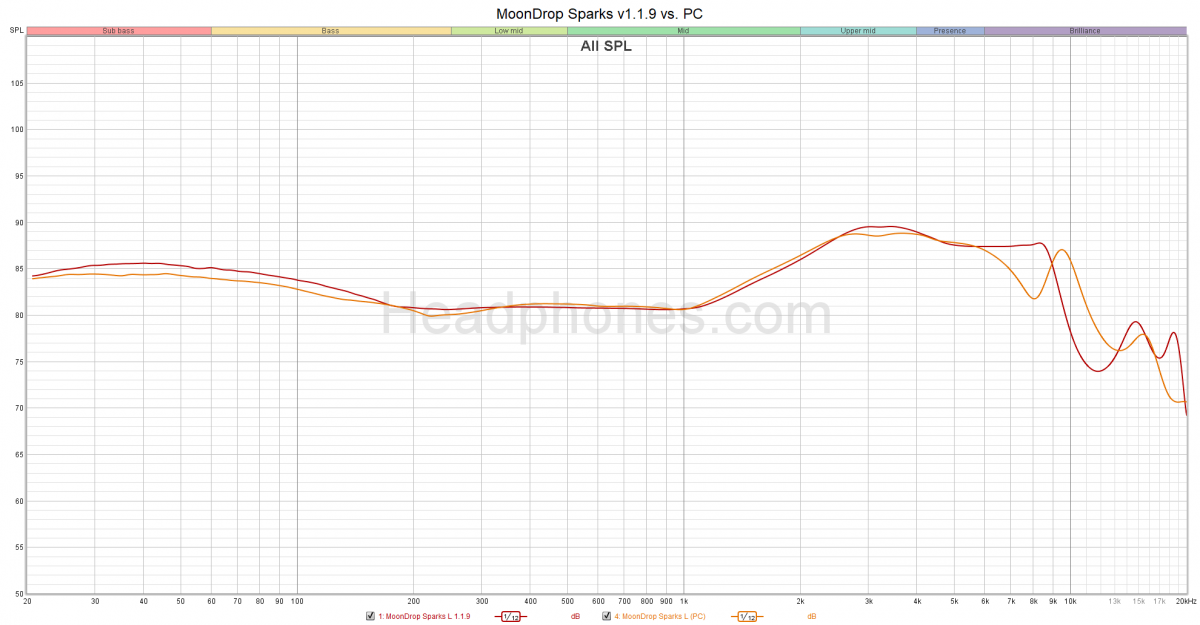
Frequency response of the MoonDrop Sparks with different firmwares. Measurement taken with an IEC-711 clone microphone. Comparisons can only be made to other measurements taken by this specific microphone. A peak at about 8 – 10 kHz is likely an artifact of the microphone. It likely does not actually exist as depicted here.
On the surface, technical performance is decidedly “not bad” given the price, regardless of TWS or not. In fact, I’d go so far as to say it’s good for budget IEMs in the <$100 category. Nothing that will blow your socks off, but I’m satisfied with this level of performance for its intended use case as a general TWS IEM. Resolution and instrument separation are decent, providing enough clarity and detail to handle the vast majority of tracks without issue. Soundstage and imaging are unfortunately very IEM-like with a strong in-your-head sensation and 3-blob image.
I do have a few nitpicks with the Sparks and truth be told, I can’t tell how much of it is due to the TWS implementation and how much of it is because of the IEM’s own performance. Here is my list of complaints:
- The Sparks has a “gritty” texture to its sound that’s almost like some sort of low-level distortion (though not quite). While it can occasionally make certain instruments like electric guitars sound quite interesting, does get in the way of reproducing a purity of tone, almost like faint static on a TV screen.
- The bass is on the softer side, especially towards the lower frequencies. It’s as if the TWS system isn’t able to provide enough power for proper slam or impact. Still, not bad.
- On rare occasions, you can hear sometimes hear strong TWS artifacts distorting certain notes. I tend to hear this most with pianos or bell-like instruments. It’s generally not a problem for the most part but its clear that the TWS system is still not perfect and slightly glitch-y.
EQ Options
As mentioned, the MoonDrop Sparks have 6 EQ options within the MoonDrop Link app. The default option is the Balanced configuration which is the v1.1.9 firmware update as shown in the graph above. In my opinion, it is the best sounding option and the one most people should stick with. But for the sake of completion, here are all the different EQ options with a couple of notes on each. All of the following frequency response graphs have been volume matched at 500 Hz.
Basshead EQ
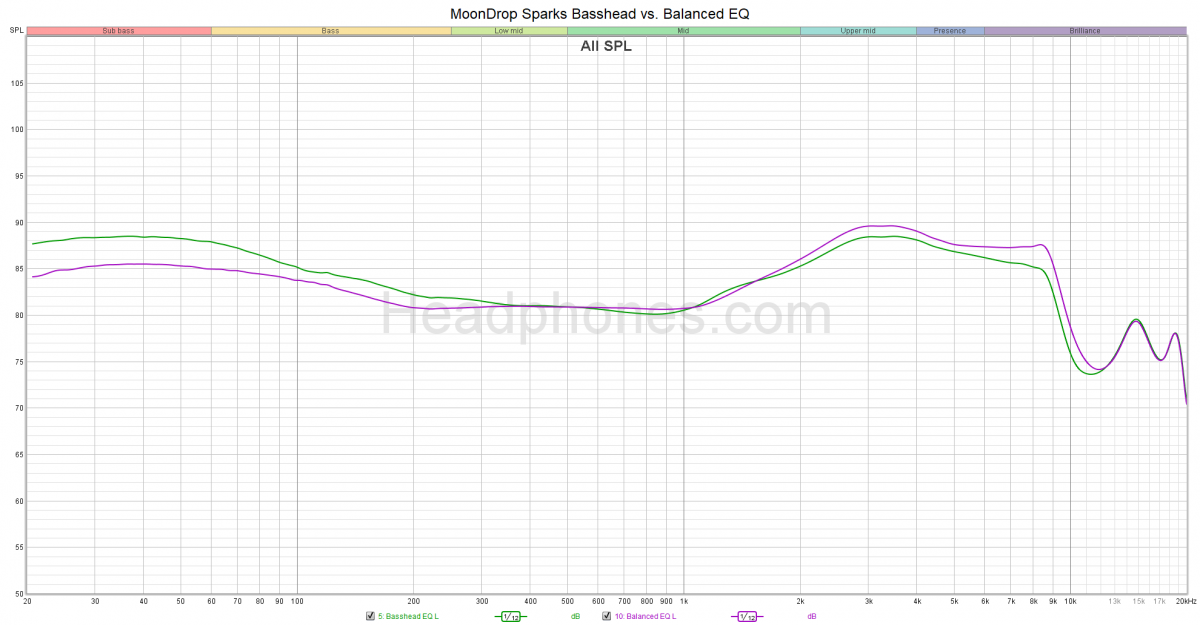 Exactly as it says on the tin, it adds more bass. It’s a good bass boost in that it doesn’t go overboard with the boost and muddy the sound. However the problem is that it emphasizes the not-so-great bass quality of the Sparks, and the grittiness of the driver comes out even more. As such, it’s alright but I’d stick with the balanced tuning. Try it yourself and see how you like it.
Exactly as it says on the tin, it adds more bass. It’s a good bass boost in that it doesn’t go overboard with the boost and muddy the sound. However the problem is that it emphasizes the not-so-great bass quality of the Sparks, and the grittiness of the driver comes out even more. As such, it’s alright but I’d stick with the balanced tuning. Try it yourself and see how you like it.
David Xu EQ
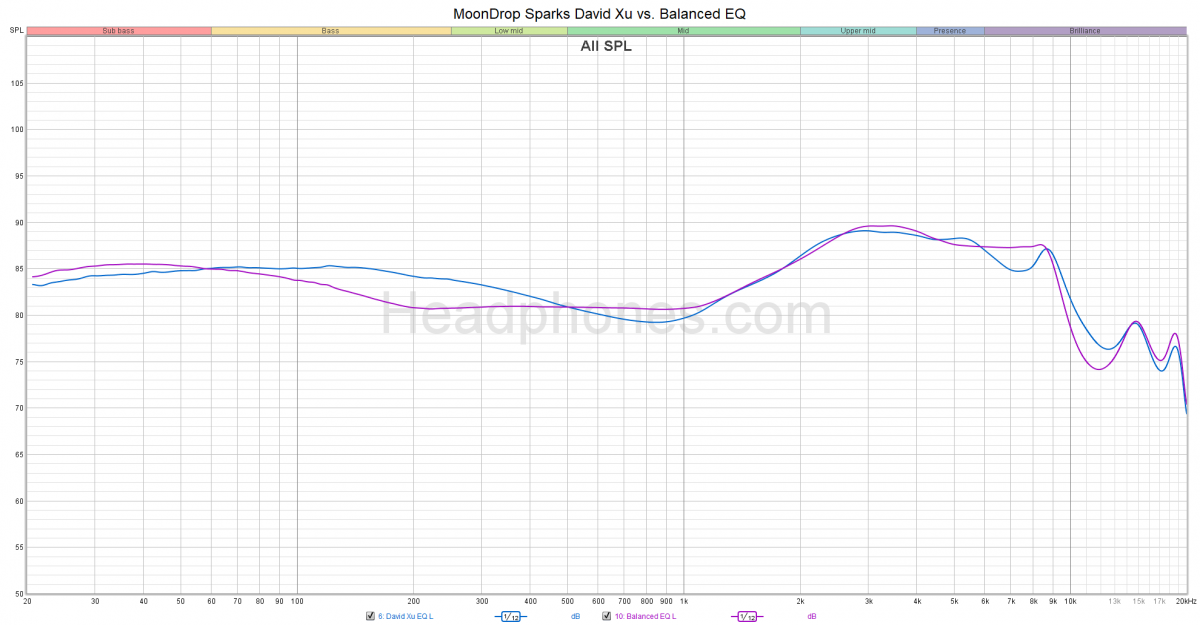 I have no idea who David Xu is or why this EQ is named after him. I don’t particularly like this EQ as it adds some bloat and mud to the upper bass and lower mids. In a way, it’s a worse version of the basshead EQ.
I have no idea who David Xu is or why this EQ is named after him. I don’t particularly like this EQ as it adds some bloat and mud to the upper bass and lower mids. In a way, it’s a worse version of the basshead EQ.
No Bass EQ
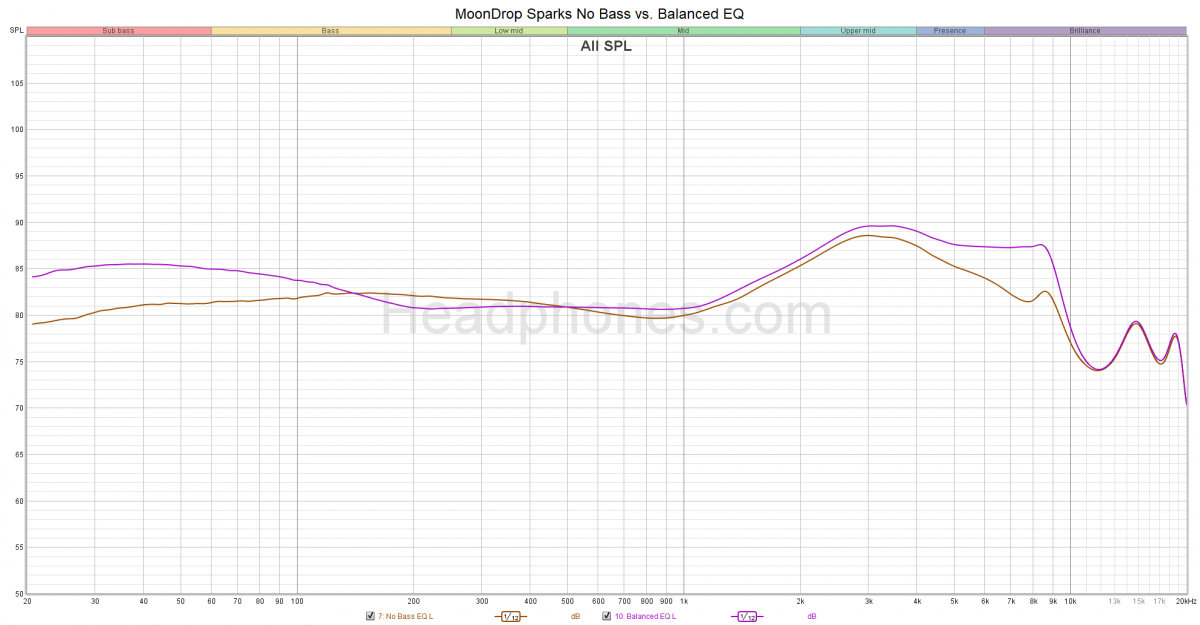 Yes, there is an EQ option literally called No Bass. It’s alright… just that the bass is flattened out. Not much else to say here. This gives it a slightly warm Etymotic-like response if you’re into that sort of thing. If you find the Sparks too bassy, give this a try.
Yes, there is an EQ option literally called No Bass. It’s alright… just that the bass is flattened out. Not much else to say here. This gives it a slightly warm Etymotic-like response if you’re into that sort of thing. If you find the Sparks too bassy, give this a try.
Studio EQ
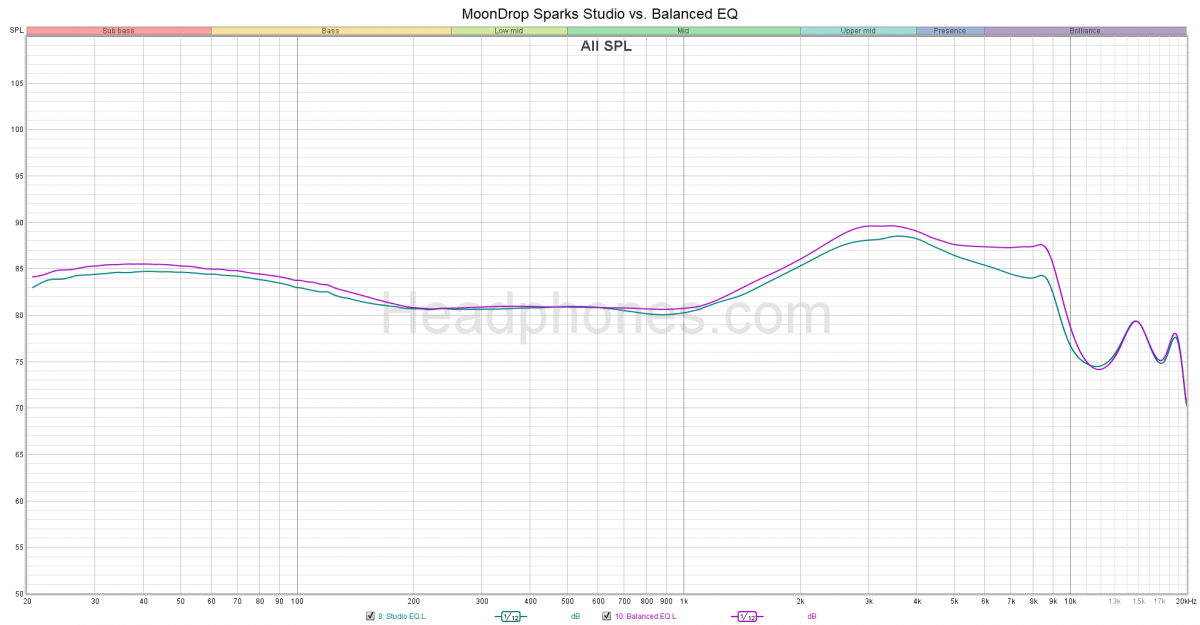 Studio EQ is very very similar to the Balanced preset as you can see on the graph. In fact, it’s close enough that you might actually miss it if you don’t pay attention. I do prefer the slightly more energetic feel of the Balanced EQ but the Studio setting is a fine option.
Studio EQ is very very similar to the Balanced preset as you can see on the graph. In fact, it’s close enough that you might actually miss it if you don’t pay attention. I do prefer the slightly more energetic feel of the Balanced EQ but the Studio setting is a fine option.
Wennebostel EQ
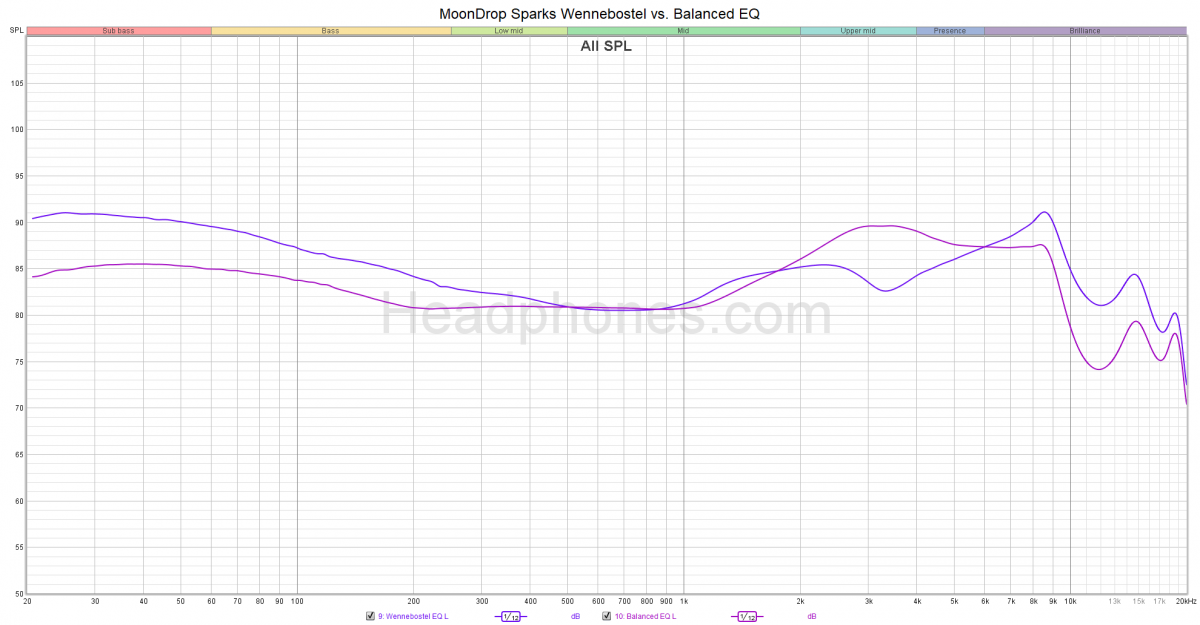 This preset leaves me speechless. Literally. I don’t know how to even pronounce its name. It also just doesn’t sound very good. Not sure how this happened but stay away.
This preset leaves me speechless. Literally. I don’t know how to even pronounce its name. It also just doesn’t sound very good. Not sure how this happened but stay away.
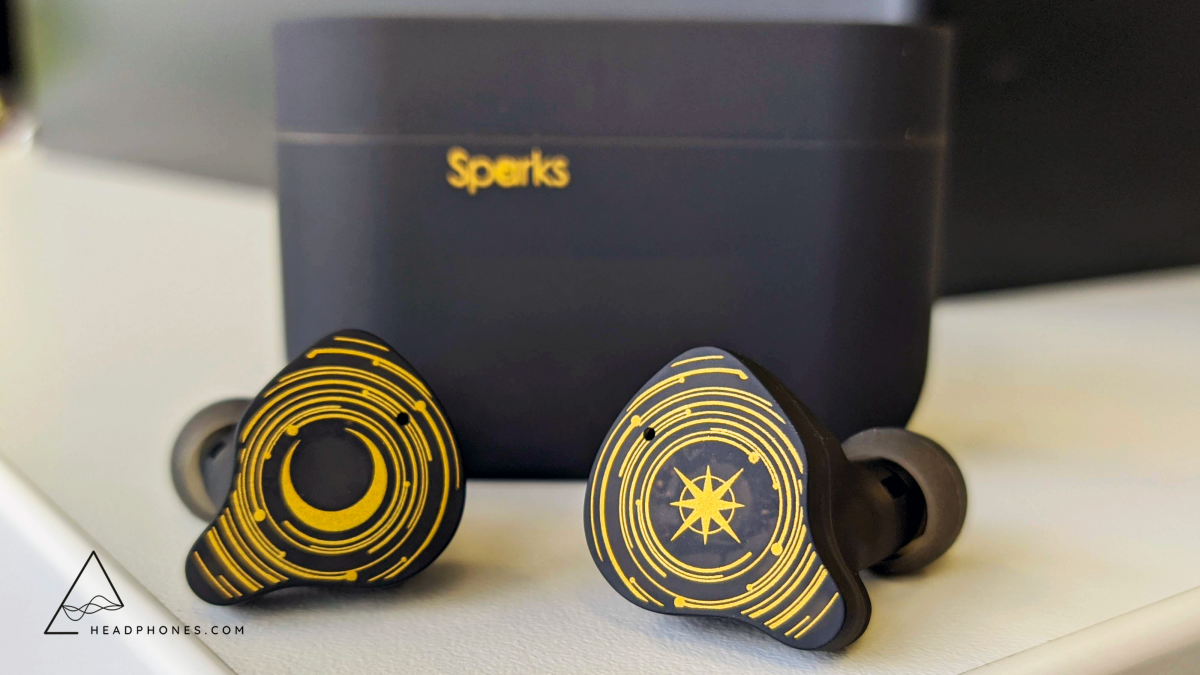
Should You Buy It?
Yes, if you’re looking for a straightforward TWS set with little fuss. For $90, the MoonDrop Sparks presents a good value proposition as a TWS IEM. It’s clear that Sparks targets MoonDrop’s audience of audiophiles who may not be as concerned with all the latest quality of life features and instead prioritizes a great sound experience. I’d personally be fine with using the Sparks as my TWS IEM on public transport going to and fro work. The sound quality is sufficient and the TWS performance is stable enough that I don’t have to fiddle with major glitches that significantly detracted from just enjoying the music. Unplug and play.
However, the big elephant in the room is the popular Samsung Galaxy Buds (and its variants). Though I’ve yet to review them myself, quite a few people already have the some of Samsung’s TWS lineup as they’re bundled with their phones. As such, its hard to justify spending another $90 for the Sparks. If you're already satisfied with what you have, forgo the gear lust.
At the end of the day, I don’t think you can go wrong with getting the MoonDrops Sparks. I feel confident in saying that most people will be pleased with the sound quality and performance of the Sparks for the price it commands. And as we enter the holiday season the Sparks might just make a fun little gift, provided the recipient is appreciative of colorful box art.
